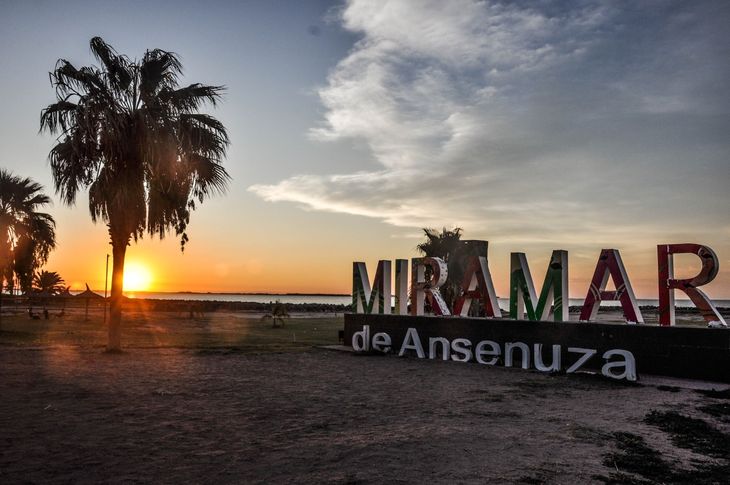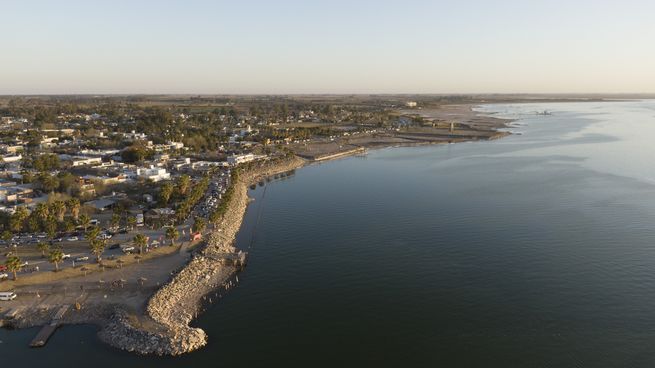From beaches to ecological trails, the options to enjoy in this destination are inexhaustible.
In the center of Córdoba, a natural paradise dazzles with its immensity and beauty: Miramar de Ansenuza. This corner combines beaches, history and a unique environmental wealth, offering an unforgettable tourist experience.
The content you want to access is exclusive to subscribers.
With the Mar Chiquita lagoon as the protagonist, this place invites you to discover water activities, bird watching and a perfect environment for nature lovers. Below, we tell you everything about this unmissable option.


Where is Miramar de Ansenuza
Located in the northeast of the province of Córdoba, the area surrounds the majestic Mar Chiquita lagoon, also known as Mar de Ansenuza. This wetland, the largest in South Americais home to incredible biodiversity and is part of the Ansenuza National Park from 2022.
Just 196 kilometers from the city of Córdoba Capitalcombines accessibility with the tranquility of a unique natural environment. Its landscapes make it a gem for those looking to escape the hustle and bustle and connect with nature.
Miramar-Ansenuza.jpeg

Miramar de Ansenuza is located in the heart of Córdoba, surrounded by the Mar Chiquita lagoon, a unique ecosystem.
What to do in this Cordoba destination
The tourist offer is as wide as its landscape. Their beaches They are ideal for relaxing in the sun or practicing water sports such as kayaking. Wildlife lovers can enjoy the bird watchinghighlighting the southern flamingos and other migratory species that arrive from Alaska or southern Argentina.
He Ansenuza National Park It also offers interpretive trails and guided activities to learn more about this unique ecosystem. In addition, the history of the place, marked by the flood of 1970, can be explored through the ruins that were left under the waters of the lagoon.
How to get to this natural paradise
Getting there is simple and offers several options. By car, you can access routes RP 10 and RP 17, on a route that connects Córdoba Capital with this destination in less than three hours.
Another alternative is the interurban buses that arrive from different points in the province, offering convenience for visitors. Regardless of the means chosen, the trip is accompanied by charming landscapes that anticipate the beauty of the place.
Source: Ambito
I am an author and journalist who has worked in the entertainment industry for over a decade. I currently work as a news editor at a major news website, and my focus is on covering the latest trends in entertainment. I also write occasional pieces for other outlets, and have authored two books about the entertainment industry.




